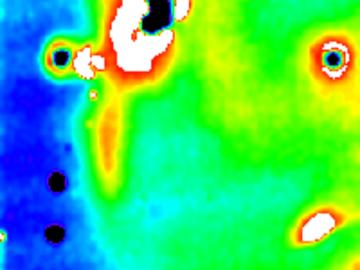
Filter News
Area of Research
- (-) Fusion Energy (2)
- (-) Materials (61)
- (-) Supercomputing (43)
- Advanced Manufacturing (3)
- Biological Systems (2)
- Biology and Environment (4)
- Clean Energy (73)
- Climate and Environmental Systems (2)
- Computer Science (2)
- Fossil Energy (1)
- National Security (3)
- Neutron Science (28)
- Nuclear Science and Technology (10)
- Quantum information Science (1)
- Renewable Energy (1)
- Transportation Systems (1)
News Type
News Topics
- 3-D Printing/Advanced Manufacturing (4)
- Advanced Reactors (1)
- Artificial Intelligence (6)
- Big Data (2)
- Bioenergy (3)
- Biomedical (2)
- Clean Water (1)
- Composites (1)
- Computer Science (16)
- Critical Materials (1)
- Cybersecurity (2)
- Energy Storage (2)
- Environment (4)
- Exascale Computing (2)
- Frontier (2)
- Fusion (2)
- Grid (1)
- Isotopes (1)
- Materials Science (7)
- Microscopy (1)
- Nanotechnology (3)
- Neutron Science (2)
- Nuclear Energy (5)
- Physics (1)
- Quantum Science (5)
- Security (1)
- Space Exploration (1)
- Summit (7)
- Sustainable Energy (4)
- Transportation (2)
Media Contacts
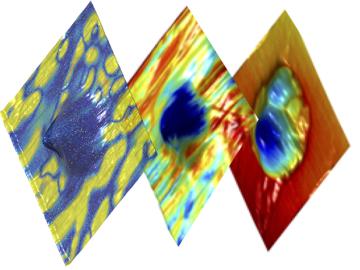
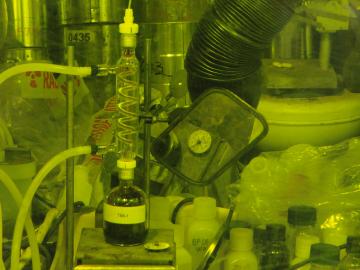
Nearly 100 commercial nuclear reactors supply one-fifth of America’s energy. For each fuel rod in a reactor assembly, only 5 percent of its energy is consumed before fission can no longer be sustained efficiently for power production and the fuel assembly must be replaced. Power plan...
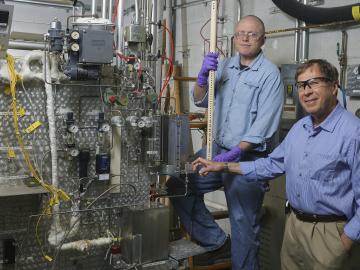
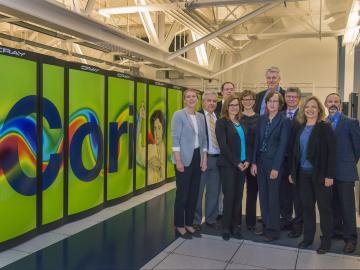
The Department of Energy’s Oak Ridge National Laboratory will support four new industry projects announced today as part of DOE’s High Performance Computing for Manufacturing (HPC4Mfg) Program. The program pairs selected companies with national labs, including ORNL...
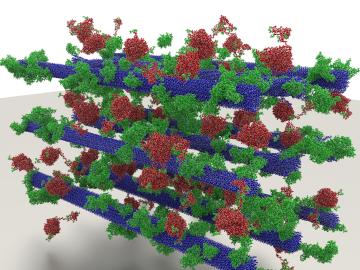
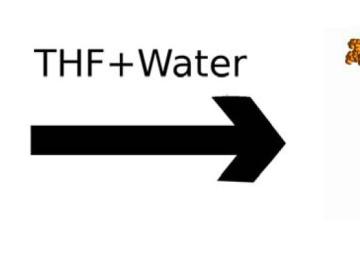

Since lasers were first produced in the early 1960s, researchers have worked to apply laser technology from welding metal to surgeries, with laser technology advancing quickly through the last 50 years. Surgery, chemotherapy, and radiation therapy all play important roles...
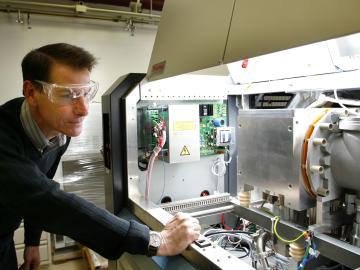
A group of nuclear detectives at the Department of Energy’s Oak Ridge National Laboratory takes on tough challenges, from detecting illicit uranium using isotopic “fingerprints” to investigating Presidential assassination conspiracies.
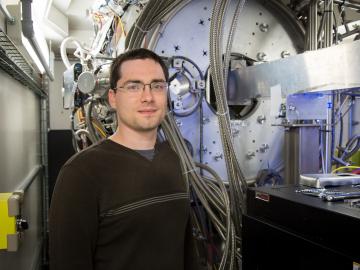
Rechargeable batteries power everything from electric vehicles to wearable gadgets, but obstacles limit the creation of sleeker, longer-lasting and more efficient power sources. Batteries produce electricity when charged atoms, known as ions, move in a circuit from a positive end ...
